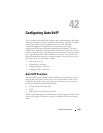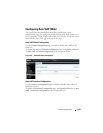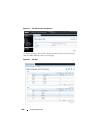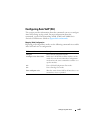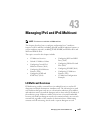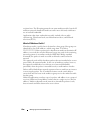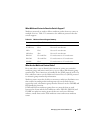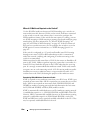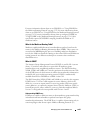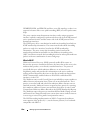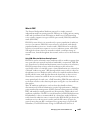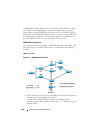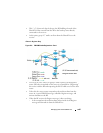
1338 Managing IPv4 and IPv6 Multicast
recipient host. The IP routing protocols can route multicast traffic, but the IP
multicast protocols handle the multicast traffic more efficiently with better
use of network bandwidth.
Applications that often send multicast traffic include video or audio
conferencing, Whiteboard tools, stock distribution tickers, and IP-based
television (IP/TV).
What Is IP Multicast Traffic?
IP multicast traffic is traffic that is destined to a host group. Host groups are
identified by class D IP addresses, which range from 224.0.0.0 to
239.255.255.255. When a packet with a broadcast or multicast destination IP
address is received, the switch will forward a copy into each of the remaining
network segments in accordance with the IEEE MAC Bridge standard.
Eventually, the packet is made accessible to all nodes connected to the
network.
This approach works well for broadcast packets that are intended to be seen or
processed by all connected nodes. In the case of multicast packets, however,
this approach could lead to less efficient use of network bandwidth,
particularly when the packet is intended for only a small number of nodes.
Packets will be flooded into network segments where no node has any interest
in receiving the packet. The L3 multicast features on the switch help to
ensure that only the hosts in the multicast group receive the multicast traffic
for that group.
Multicast applications send one copy of a packet, and address it to a group of
receivers (Multicast Group Address) rather than to a single receiver (unicast
address). Multicast depends on the network to forward the packets to only
those networks and hosts that need to receive them.




